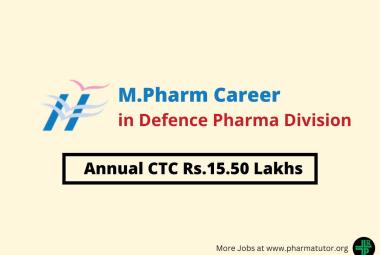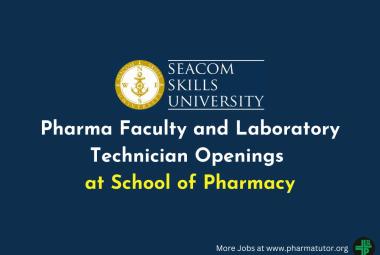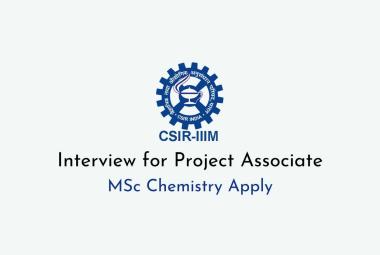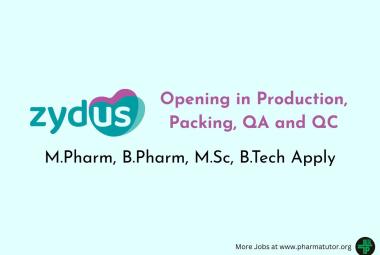STUDY OF POST COMPRESSION PARAMETERS OF VARIOUS MARKETED PARACETAMOL TABLETS IN INDIA
{ DOWNLOAD AS PDF }
 ABOUT AUTHORS
ABOUT AUTHORS
Rakshita A.S, Shashank Nayak N, Shwetha S Kamath K
Bapuji Pharmacy College,
Davanagere, Karnataka, India
ABSTRACT
Paracetamol belongs to the class of antipyretic and analgesic. Various brands of some dosage forms are available in the market with a common claim that they are all bioequivalent. The main objective of the present experiment was to evaluate post compression parameters of various brands of paracetamol tablets containing 650 mg of drug and to determine whether all the formulations used were equivalent or significantly different. Paracetamol of 650 mg standard tablets from different manufacturers were selected in the studies. The post compression parameters like weight variation, friability, hardness, weight variation, disintegration, dissolution profiles were found to be varying but within the prescribed limit.









